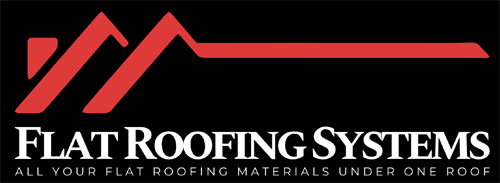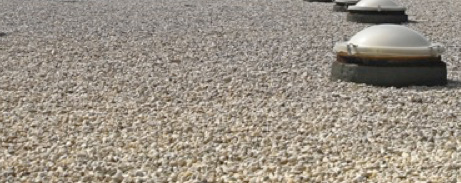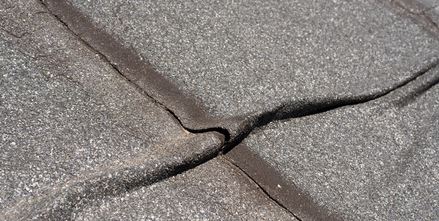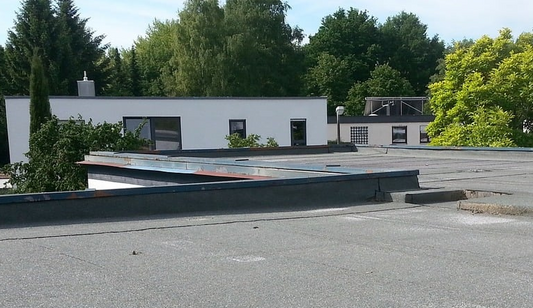Understanding EPDM Roof Membrane
When it comes to installing a durable and waterproof roof, many professionals and DIYers turn to EPDM rubber flat roofs, which can last up to 50 years when properly installed.
EPDM expands and contracts with temperature changes, making it necessary to glue it for a smooth finish and to prevent rippling.
You'll also want to glue EPDM to the roof to prevent wind suction and reverberation noise. This is essential for a professional-looking finish and to guarantee the roof's durability.
It's also vital to note that EPDM roofing material is specifically designed for roofing applications and meets relevant standards. This is in contrast to pond liner material, which isn't designed for roofing applications and may not meet building codes or regulations.
EPDM Installation Methods Explained
When it comes to installing EPDM roofing, you have three primary methods to ponder: fully adhered, mechanically attached, and ballasted systems.
The fully adhered system involves gluing the EPDM membrane directly to the substrate using a special adhesive, offering a smooth, secure finish with excellent wind uplift resistance.
The mechanically attached system is a cost-effective option for larger roofs, securing the EPDM membrane to the roof deck with mechanical fasteners instead of adhesive.
On the other hand, the ballasted system involves placing a layer of ballast, such as gravel or pavers, on top of the EPDM membrane to hold it in place.
This method is ideal for roofs with complex shapes or numerous penetrations.
Regardless of the installation method you choose, thorough preparation of the roof deck is vital for a successful EPDM roof installation.
This includes cleaning and repairing any damage to guarantee a strong bond between the roof deck and the EPDM membrane.
Adhesive Options for EPDM
Typically, the choice of adhesive for EPDM roof membrane installation plays a crucial role in ensuring a strong and durable bond.
As you weigh the options for your project, you'll find that there are several adhesives to choose from, each with its own strengths and ideal applications.
When selecting an adhesive for your EPDM roof membrane, it's imperative to examine the surface type and the specific requirements of your project.
Four key things to keep in mind are:
- Water-based deck adhesive: Typically used for EPDM roofing, EPDM water based adhesive is a popular choice for its ease of application and durability.
- Solvent-based impact adhesive: Used for edges and details, EPDM solvent based adhesive provides a strong bond and is ideal for complex shapes or irregular surfaces.
- PU adhesive: Suitable for bonding new insulation on top of existing waterproof layers, EPDM PU adhesive offers flexibility and versatility.
- Mechanical fixing: Using screws and washers, this method provides an alternative to adhesives and can be used in conjunction with other methods for added security.
Benefits of Gluing EPDM Down
Glueing down your EPDM roof membrane is essential for a secure and durable installation.
By doing so, you prevent rippling and guarantee a secure fit, as EPDM expands and contracts with temperature changes. This is especially pivotal for areas with high winds or complex roof shapes, where a watertight seal is necessary.
Glueing down the EPDM membrane provides a strong bond between the membrane and the roof deck, reducing the risk of leaks or bubbles in the membrane.
It also helps to prevent wind suction and reverberation noise, providing a more durable and long-lasting installation.
When done correctly, glueing down the membrane guarantees a smooth, secure finish. Using the right adhesive, such as water-based adhesive for the main area and solvent-based impact adhesive for edges and details, is necessary to achieve a professional-looking finish.
Alternative Fixing Methods
When choosing an EPDM roof membrane installation method, you're not limited to fully adhered systems.
There are alternative fixing methods that can be used depending on the specific project requirements and roof conditions. These methods offer flexibility and can be more suitable for certain types of roofs.
- Mechanically attached systems: These systems use mechanical fasteners to secure the EPDM membrane to the roof deck, offering a quicker installation and cost-effectiveness for larger roofs.
- Ballasted systems: These systems involve laying the EPDM membrane over a layer of ballast material, such as gravel or pavers, which provides a secure and durable installation.
- Loose-laid systems: These systems involve laying the EPDM membrane on top of a compatible substrate, such as insulation, without using adhesives or mechanical fasteners.
- Hybrid systems: These systems combine different fixing methods, such as mechanical fasteners and adhesives, to provide a strong and durable installation.
The choice of fixing method depends on factors such as wind uplift resistance, roof size, and structural integrity, and should be determined by a professional roofer or specifier.
Surface Preparation Is Key
Before applying the EPDM roof membrane, verify the surface is properly prepared to create a strong and durable bond.
A clean and dry surface is vital for a successful installation, free from dirt, dust, and other contaminants that may affect adhesion. Remove old roofing material using a special scraper or shovel, and then clean the surface using a broom or leaf blower to facilitate a smooth installation.
Next, confirm the surface is dry and free of dust or dirt by using a scrub pad to key the primer into the surface.
This step helps create a strong bond between the EPDM membrane and the surface. Apply EPDM rubber primer to the surface and areas where tapes will be applied, as it helps to create a strong bond between the membrane and the surface.
Proper surface preparation is pivotal to prevent any future issues with the EPDM roof membrane.
Rounding Up
It's clear that glueing isn't the only fixing option for EPDM, but it does usually provide the best security.




